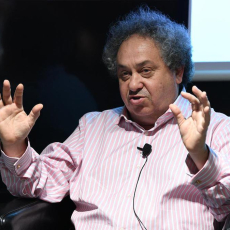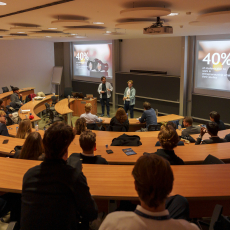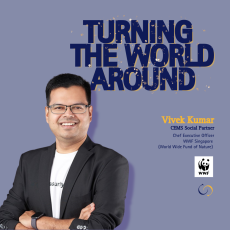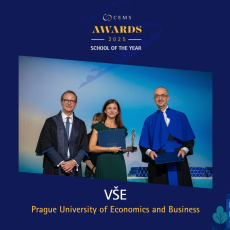Copenhagen Business School enjoys solid relationships with a network of world-class business partners. In 2021, the School sent teams of CEMS students to work on Business Projects with APM Terminals, part of Danish integrated shipping behemoth, Maersk Group, and multinational pharmaceutical giant, Novo Nordisk, both CEMS Corporate Partners and both companies facing intriguing business dilemmas.
For Novo Nordisk, a global pioneer in the treatment of diabetes, obesity and other serious chronic diseases, a major priority is to improve the lives of people with obesity by changing how the world sees, prevents and treats obesity - this remains a huge challenge. For APM Terminals, leveraging solar energy to power its vast container terminal network is a key objective and forms part of the company’s sustainability and decarbonisation commitments. But determining energy storage needs, and how and where to deploy the technology with precision remains a complex task – particularly as the renewable energy space is prone to constant change in regulation and technological innovation.
Both CEMS teams were dispatched to analyse these business problems; and bring a “fresh perspective” to their potential solutions, says Jonas Bengtson, Global Head of Transformation at APM Terminals.
“Sustainability is a very big deal for Maersk, and company-wide, we are highly focused on the decarbonisation agenda. But within my organisation, there are a lot of ‘middle-aged’ men and women,” he laughs. “We wanted a completely different lens to look at the problem in all of its complexity – from sustainability, procurement and regulatory perspectives. We wanted fresh eyes on it; young people who could bring real value through different demographic and generational insights.”
Carlotta Z. Nielsen, Global Project Lead in the Obesity Commercial Unit at Novo Nordisk agrees.
“There are 650 million people around the world living with obesity and only a small percentage of them are diagnosed or receive adequate care. To tackle this challenge and ensure that more people with obesity receive the care they deserve, you need a targeted approach and you need to think out of the box.– this requires as broad a diversity of bright minds and talent as possible,” she says. “This we have indeed found in the CEMS students. They added value by bringing diverse cultures and backgrounds to the project. Working with them, you have an opportunity to tap into a unique pool of potential and indeed real talents.”
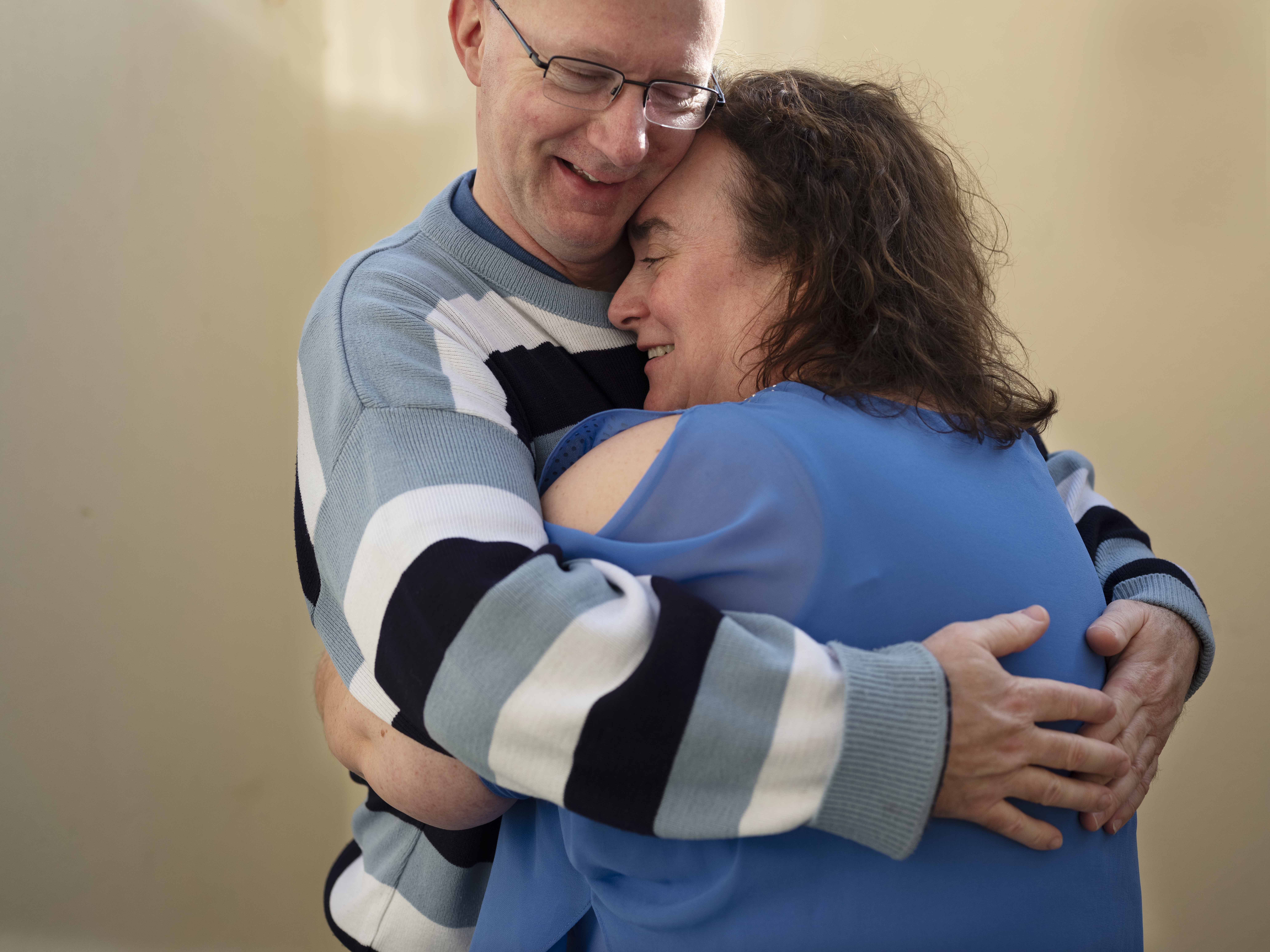
Picking up the reins fast
For the two CEMS teams, each thrown into complex business settings and tasked with finding new answers to pre-existing problems in the midst of a global pandemic, the Business Project was “huge ask,” as both Nielsen and Bengtson acknowledge. Yet, both groups of students were quick to pick up the reins, optimising virtual collaboration – with each organisation and within each team – to pinpoint critical issues and start building solutions from the get-go. Bengtson’s colleague at APM Terminals, Transformation Partner Charles Olivier was profoundly impressed by the initiative and flexibility evident in the team’s thinking.
“We connected the CEMS team with our procurement and sustainability teams to bring them up to scratch. Thereafter, they really took ownership of driving the project forward, coming into weekly meetings and articulating what they needed in order to progress. We gave them the brief and the tools and they really ran with it.”
At APM Terminals, the CEMS team were able to diagnose specific shortcomings in cost analysis for energy storage – particularly during the night – within an existing business case for solar panels at terminals. The students worked together to make critical modifications to the presentation, which were then presented to senior management within the company who were “more than satisfied” with the results, says Olivier.
Delivering on the ask
The CEMS team tasked with increasing awareness around obesity have produced an omni-channel programme, complete with a tangible roadmap, that is now set to be piloted in Spain in the coming months. They have “more than delivered on the ask,” says Novo Nordisk’s Carlotta Nielsen.
“Working through the consumer insights data with the students, we were able to confirm some really key internal assumptions, which was great in itself. Beyond that they followed through with incredibly structured insights and a solution that will be activated later this year. We are super pleased with them.”
Nielsen, Olivier and Bengtson agree that collaborative business projects that bring next-generation consultants, entrepreneurs and business leaders face-to-face with real corporate challenges enriches the learning experience immeasurably – as former CEMSies themselves, Nielsen and Bengston can attest to power of Business Projects in “bridging the gap between concept and real-life application.”
But there is also a tangible win for corporations in these kinds of collaborative exercises that cannot be underplayed, says Olivier. Quite apart from the actionable solutions students deliver, their insights represent a welcome challenge to organisational “group think.”
“When you work with CEMS students, you tap into a world of diversity in approach, in thinking, in culture and in outlook. In our team, we had one or two entrepreneurs and just such a diversity of previous experience within the group, that the creative sparks were really flying between us as we started making more connections and enriching the vision.”
“CEMS students come from all over the world and a breadth of backgrounds,” Nielsen agrees. “When you work with them, you really tap into all of this diverse potential. And after all, the more minds you have working on a problem, the better the result.”

